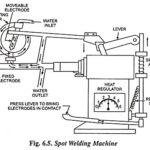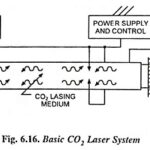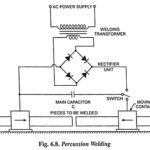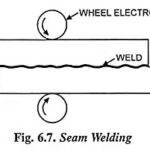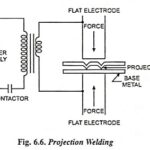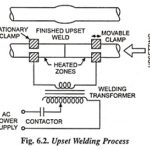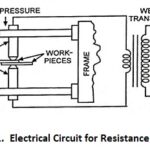Spot Welding – Definition, Working Principle, Application and Advantages
Spot Welding - Definition, Working Principle, Application and Advantages: By definition, spot welding is a form of resistance welding in which the parts or pieces are joined in spots, accompanied…
